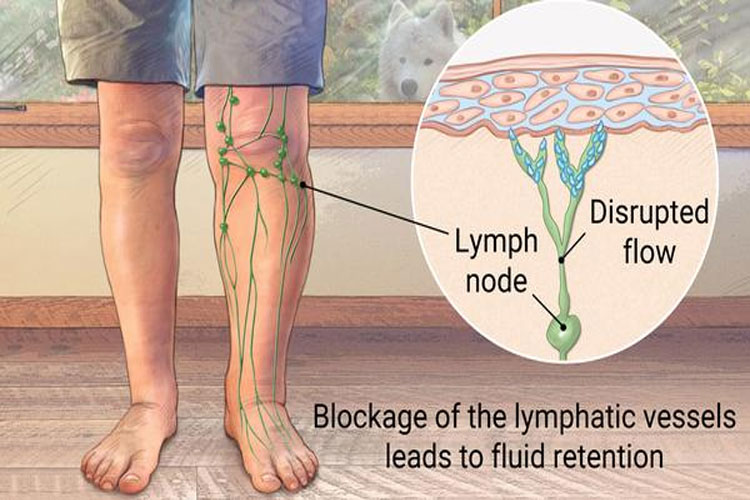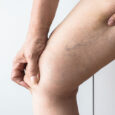Lymphedema is an abnormal accumulation of protein-rich lymphatic fluid in soft-tissue spaces of the body. The Lymphedema symptoms are swelling in an arm or leg due to the lymphatic system blockage and orange peel or rashes on the skin. The swelling is unlike swelling you may get after an injury to a joint. Nicole L. Stout, DPT, CLT-LANA says that lymphedema is when your muscles soak up lymphatic fluid like a sponge rather than holding it like a bucket.
There are two Types of Lymphedema
Primary and Secondary. Thought causes are different, treatments remain the same.
Primary: Caused by a hereditary or congenital condition that has caused the lymphatic system to be malformed or damaged. This is much rarer and can be seen at all stages of life.
Secondary: Impacts individuals who have had damage to the lymphatic system from surgeries related to cancer therapies, radiation therapy or trauma to the lymphatic system.
The course of treatment can last 6-8 weeks
Depending on the severity of the condition. Treatments, which are provided by certified lymphedema therapists (CLTs), include:
- Complete decongestive therapy (CDT). Compression bandaging
- Massage, wrapping, and compression can relief.
- Exercise to stimulate the movement of lymphatic fluid
- Self-care, including skin care of the extremity
- Management with compression garments
The prognosis of Lymphedema
- Falls on a spectrum ranging from stages 0-3.
- If caught early, it can be managed conservatively and CLTs can prevent it from becoming a more chronic condition.
- If Lymphedema is not caught until a later stage, the lymphatic system and the soft tissue has been damaged.
- This requires lifelong continued management and follow-up. While this sounds ominous, Stout wants people to know that this condition is definitely “treatable and manageable.”




